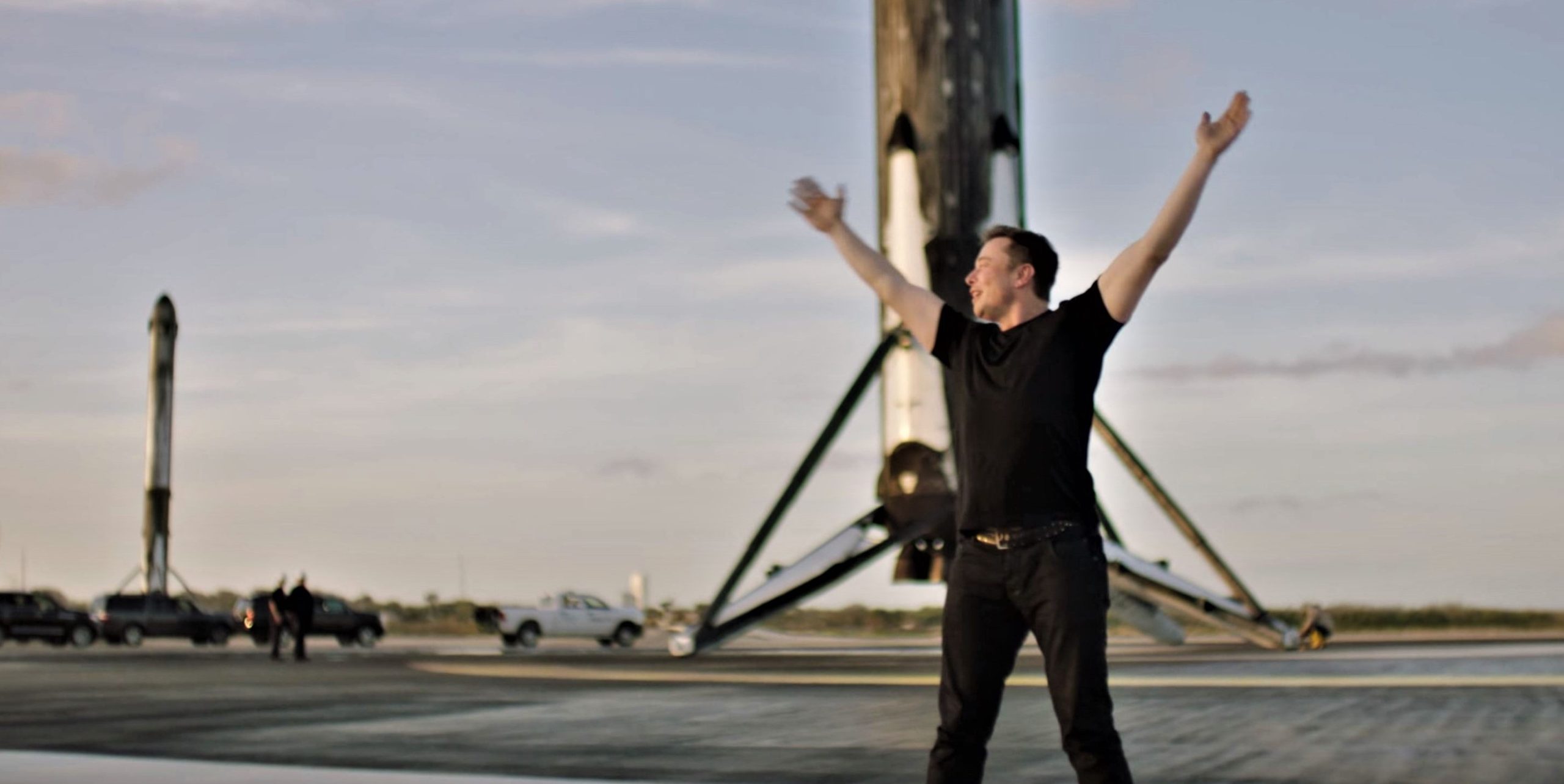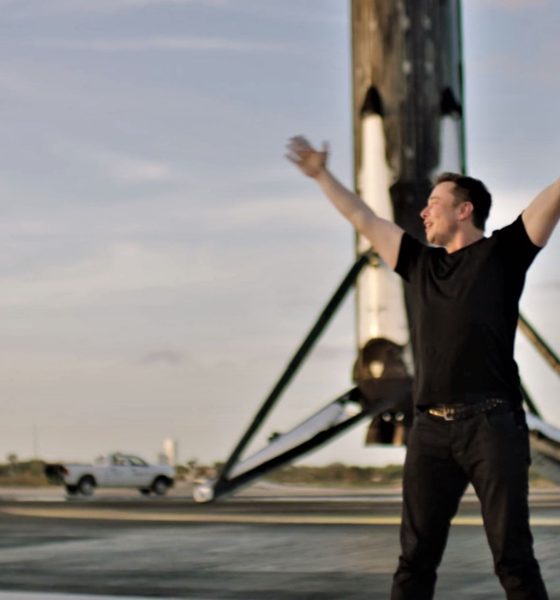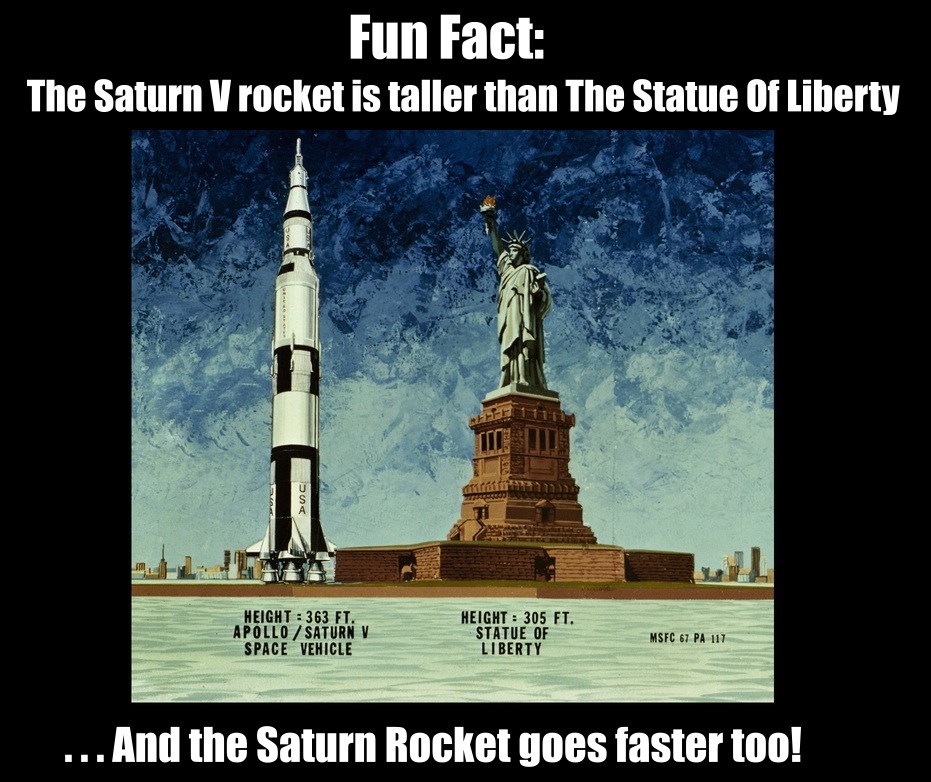

Lifestyle
Elon Musk is a one stop, pop culture to STEM recruiting shop, and that’s a good thing
WARNING
This column will be unabashedly full of pop culture references in honor of its topic. Check out the end of the piece for a Where’s Waldo-style treasure hunt to identify where they are. And by that I mean like the list at the back of the book. Or the companion list on the main pages under the scene descriptions. No, definitely more like the back of the book.
***
You may have noticed that Elon Musk has something of a cult following. (awkward pause for audience laughter)
Seriously, though. Have you ever wondered how the nerdy PayPal guy whose epidermis was showing a bit much became not just the purveyor of cool tech, but a standard of cool to which all others within similar realms are measured? Personally, I’ve become so accustomed to that reality that I forget there was a time when rockets couldn’t land themselves and $TSLAQ wasn’t a thing.
Speaking of cults, those guys should hand in their soda machine rings and retire already, no?
In my opinion, Elon Musk’s overall fusion of popular culture with both his businesses and public persona gives him a unique resonance with people – their resonance. And that’s a good thing when considering all the places he’s trying to take humanity.
As the “pop culture” chief executive, he clearly communicates how leading the ship of change is much more than just walking to the front and declaring himself king. He has to pitch the ship, show the blueprint, obtain the funding for construction, find the contractors, build it, employ people to run it, then campaign for customers, sell the tickets, and finally, sail the ship full of normal people, movie stars, a skipper, millionaires, their spouses, professors, and possibly someone named Mary Ann, all without crashing.
By the way, when I say “culture” I mean memes, movie quotes, cartoon references, sci-fi tributes, and Twitter conversations. Let’s assume my knowledge of philosophy pretty much begins and ends with Dr. Ellie Sattler’s outlook as conveyed to Jeff Goldblum.
Terms & conditions for “Not-a-Flamethrower”
Please use as directed to avoid unintentionally burning things down. For simple & concise instructions, we drew upon wisdom in great Dr Seuss book “Green Eggs and Ham”. #ThrowFlamesResponsibly pic.twitter.com/kgj8W8EOLJ
— Elon Musk (@elonmusk) June 9, 2018
There are a lot of technical languages needed to understand the many parts of Musk’s multifaceted journey, but there’s one language that unites them all – inspiration. This is where Musk’s immersion in pop culture comes in. He knows how to derive action plans from inspirational concepts because they inspire him, too. I think this is all an amazing benefit for science, technology, engineering, and mathematics (STEM) recruiting and mainstream STEM interest.
It’s easy to get lost in the woods of what Musk is trying to accomplish if you’re not careful, and that drives people to learn more so they understand. Electric cars have things like production lines, battery chemistry, the electrical nuances of Superchargers, and business logistics; SpaceX is literally rocket science, meaning things like materials engineering, chemistry, and orbital mechanics are the blue Yoshis for Reddit cred; The Boring Company involves machinery details and political maneuvering, among other things; and Neuralink would benefit from Neuralink for a non-scientist’s true understanding of how Neuralink works.
As a layperson looking at these things, I’m surprised by what I’m willing to research just to keep up with what Musk is doing, and I’m probably a fraction of a percent informed compared to the average Musk enthusiast. Anecdotally, I think that happens because he communicates his ideas using ‘big picture’ type expressions like flying cars and great dining on a trip to Mars, which makes them relatable, relevant, and exciting. And tying it all together is the fact that he’s almost always going to do what he says he’s going to do plus more.
I mean, I’m sure Jeff Bezos is going to do all the things he’s said he’ll do with Blue Origin, but maybe what matters is less about how big your rocket is and more about how you plan to use it. The Saturn V was awe-inspiring not just because it was huge and powerful and the first of its kind. It was representing a human journey to a new frontier, and it brought a symbolic victory against an adversary that threatened the freedom of everything it touched. Falcon Heavy is awe-inspiring because of both its engineering and its role in the democratization of space travel. Starship is awe-inspiring because its first and primary purpose is to establish a human presence on another planet.

Bezos, on the other hand, has conquered human patience for the most part with Amazon and wants to give the ultra rich the ride of their life with Blue Origin. A $250,000 ticket to the Karman line for like 5 minutes of floating around in view of the Earth’s curvature is not exactly an everyday person thing. Good for those who can afford it, but not very inspiring for those who can never afford it. He’s also said things like, we’ll go to Mars “because it’s cool,” which is ironically not cool and gives the impression that he has a roommate named Patrick. SpaceX certainly has a “cool” factor, but people aren’t buying company mugs that say “Cool new hangout” across a picture of Mars when they’re filled with hot coffee.
Wow, I never knew trig would make its way into my writing…
For a specific example of Musk’s pop culture conversion to STEM interest I’m talking about, take The Boring Company. The whole venture started with a rant about traffic, was named such because it was a funny double entendre, and then was made even more amusing with Monty Python tie-ins and flamethrower merchandise inspired by Space Balls. Using pop culture, Elon Musk brought genuine, mainstream interest to the subject of public transportation logistics, no Rowan North required to give it a little extra spark.
This sort of public attention thing happens when big achievements or problems come up, sure. But there’s this one guy that keeps inspiring kids to go study STEM topics so they can work for his companies; this one guy keeps inspiring adults to start their own STEM ventures based on the ideas he’s promoting; this one guy keeps all of us thinking about what he’s doing and whether it’s going to work while admitting that, even if we have our doubts about whether it’s all feasible, it probably should work and we should maybe help it work.
Altogether, Elon Musk is a one-stop pop culture to STEM recruiting shop, and I think that’s a really good thing.
What do you think of Musk’s pop culture infusions into everything he does? Have any favorites? Any you wish weren’t a thing?
TREASURE HUNT
Find the following pop culture references in this column!
1. Bart Simpson breaks his leg
2. Homer Simpson joins a secret society
3. Titanic
4. Gilligan’s Island
5. Jurassic Park
6. Super Mario Brothers for Super Nintendo
7. Austin Powers: Goldmember
8. Spongebob Squarepants
9. Sine, Cosine, Tangent…
10. Ghostbusters 2016

Lifestyle
Tesla Model S Plaid battles China’s 1500 hp monster Nurburgring monster, with surprising results
There is just something about Tesla’s tuning and refinement that makes raw specs seem not as game-changing.

The Tesla Model S Plaid has been around for some time. Today, it is no longer the world’s quickest four-door electric sedan, nor is it the most powerful. As per a recent video from motoring YouTube channel Carwow, however, it seems like the Model S Plaid is still more than a match for some of its newer and more powerful rivals.
The monster from China
The Xiaomi SU7 Ultra is nothing short of a monster. Just like the Model S Plaid, it features three motors. It also has 1,548 hp and 1,770 Nm of torque. It’s All Wheel Drive and weighs a hefty 2,360 kg. The vehicle, which costs just about the equivalent of £55,000, has been recorded setting an insane 7:04.957 at the Nurburgring, surpassing the previous record held by the Porsche Taycan Turbo GT.
For all intents and purposes, the Model S Plaid looked outgunned in Carwow’s test. The Model S Plaid is no slouch with its three motors that produce 1,020 hp and 1,420 Nm of torque. It’s also a bit lighter at 2,190 kg despite its larger size. However, as the Carwow host pointed out, the Model S Plaid holds a 7:25.231 record in the Nurburgring. Compared to the Xiaomi SU7 Ultra’s record, the Model S Plaid’s lap time is notably slower.
Real-world tests
As could be seen in Carwow’s drag races, however, Tesla’s tech wizardry with the Model S Plaid is still hard to beat. The two vehicles competed in nine races, and the older Model S Plaid actually beat its newer, more powerful counterpart from China several times. At one point in the race, the Xiaomi SU7 Ultra hit its power limit due to its battery’s temperature, but the Model S Plaid was still going strong.
The Model S Plaid was first teased five years ago, in September 2020 during Tesla’s Battery Day. Since then, cars like the Lucid Air Sapphire and the Xiaomi SU7 Ultra have been released, surpassing its specs. But just like the Model Y ended up being the better all-rounder compared to the BYD Sealion 7 and the MG IM6, there is just something about Tesla’s tuning and refinement that makes raw specs seem not as game-changing.
Check out Carwow’s Model S Plaid vs Xiaomi SU7 drag race video below.
Lifestyle
500-mile test proves why Tesla Model Y still humiliates rivals in Europe
On paper, the BYD Sealion 7 and MG IM6 promised standout capabilities against the Model Y.

BYD is seeing a lot of momentum in Europe, so much so that mainstream media has taken every opportunity to argue that the Chinese automaker has beaten Tesla in the region. But while BYD sales this year in Europe are rising and Tesla’s registrations remain challenged, the raw capabilities of vehicles like the Model Y are difficult to deny.
This was highlighted in a 500-mile challenge by What Car? magazine, which showed that the new Tesla Model Y is more efficient, cheaper to run, and more reliable than rivals like the BYD Sealion 7, and even the nearly 400 KW-charging MG IM6.
Range and charging promises
On paper, the BYD Sealion 7 and MG IM6 promised standout capabilities against the Model Y. The Sealion 7 had more estimated range and the IM6 promised significantly faster charging. When faced with real-world conditions, however, it was still the Model Y that proved superior.
During the 500-mile test, the BYD nearly failed to reach a charging stop, arriving with less range than its display projected, as noted in a CarUp report. MG fared better, but its charging speeds never reached its promised nearly-400 kW charging speed. Tesla’s Model Y, by comparison, managed energy calculations precisely and arrived at each stop without issue.
Tesla leads in areas that matter
Charging times from 25% to 80% showed that the MG was the fastest at 17 minutes, while Tesla and BYD were close at 28 and 29 minutes, respectively. Overall efficiency and cost told a different story, however. The Model Y consumed 19.4 kWh per 100 km, compared to 22.2 for MG and 23.9 for BYD. Over the full trip, Tesla’s charging costs totaled just £82 thanks to its supercharger network, far below BYD’s £130 and MG’s £119.
What Car? Magazine’s testers concluded that despite BYD’s rapid sales growth and the MG IM6’s seriously impressive charging speeds, Tesla remains the more compelling real-world choice. The Model Y just offers stability, efficiency, and a proven charging infrastructure through its Supercharging network. And as per the magazine’s hosts, the Model Y is even the cheapest car to own among the three that were tested.
Watch What Car? Magazine’s 500-mile test in the video below.
Lifestyle
Tesla Cybertruck slapped with world’s least intimidating ticket, and it’s pure cringe
One cannot help but cringe and feel second-hand embarrassment at the idea of a person just driving around with a stack of these babies.

A Cybertruck parked at Stanford Shopping Center in California was recently hit with what might be the most try-hard piece of paper ever slipped under a wiper blade: a “fake citation” accusing the driver of supporting a “fascist car.”
The note, shared on X by Tesla staff program manager Ryan Torres, quickly made the rounds on X, where it quickly gained attention as an example of how not to protest.
The world’s least intimidating ticket
According to the citation, the supposed “violation” was “driving a fascist car.” The remedial action? Take the bus, call an Uber, or ride a bike. The note also dubbed Elon Musk a “chainsaw-wielding Nazi billionaire.” Now, protests against Tesla and Elon Musk have become commonplace this year, but one cannot help but cringe and feel second-hand embarrassment at the idea of a person just driving around with a stack of fake anti-Tesla/Musk citations.
Torres pointed out the irony himself in his post on X. Tesla currently employs over 140,000 Americans, and SpaceX has put the U.S. firmly back at the top of space technology. As Torres put it, maybe the person behind the world’s least intimidating ticket should “read a book on innovation before vandalizing” other people’s property.
Peak performative clownery
Not to mention that the fake ticket’s logic collapses under its own weight. EVs like the Cybertruck are literally designed to reduce emissions, not “destroy the economy.” If anything, Tesla has bolstered the United States’ economy by fueling jobs in engineering, manufacturing, and clean energy. It’s not the first time a Tesla has been the target of vandalism or politically charged notes, but this one stands out for sheer cringe value.
Torres summed it up neatly: “Peak clownery.” On that point, at least, the citation earns full marks. In a way, though, perhaps cringe fake tickets are not as bad as the literal firebombs that were being thrown at Tesla stores and cars earlier this year because some critics were gleefully misinformed about Elon Musk.








